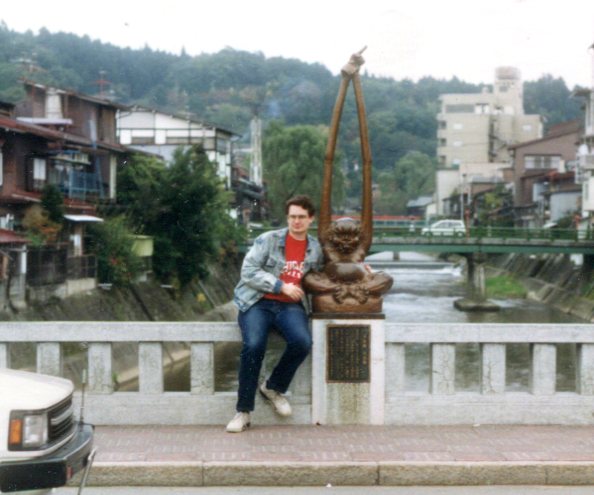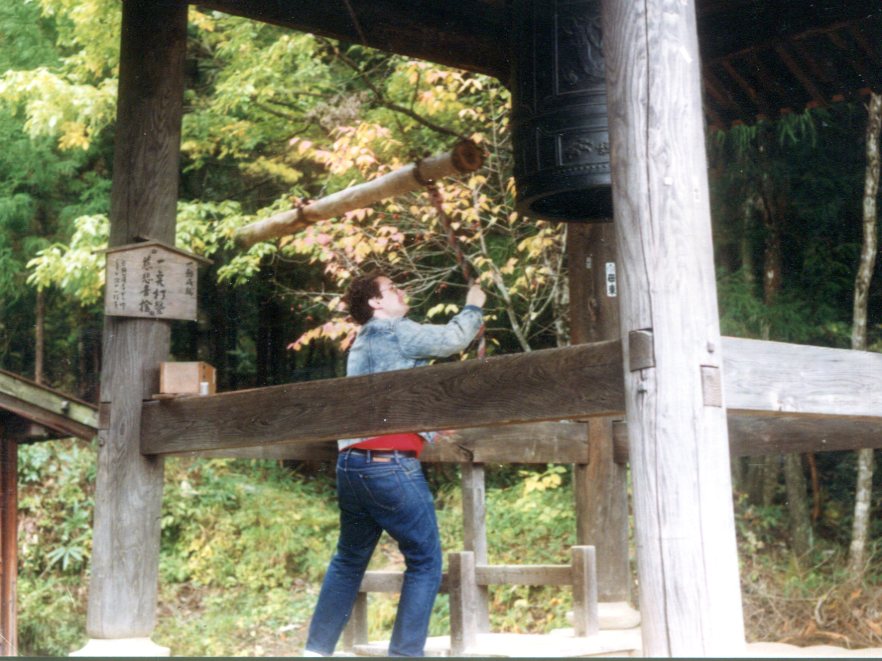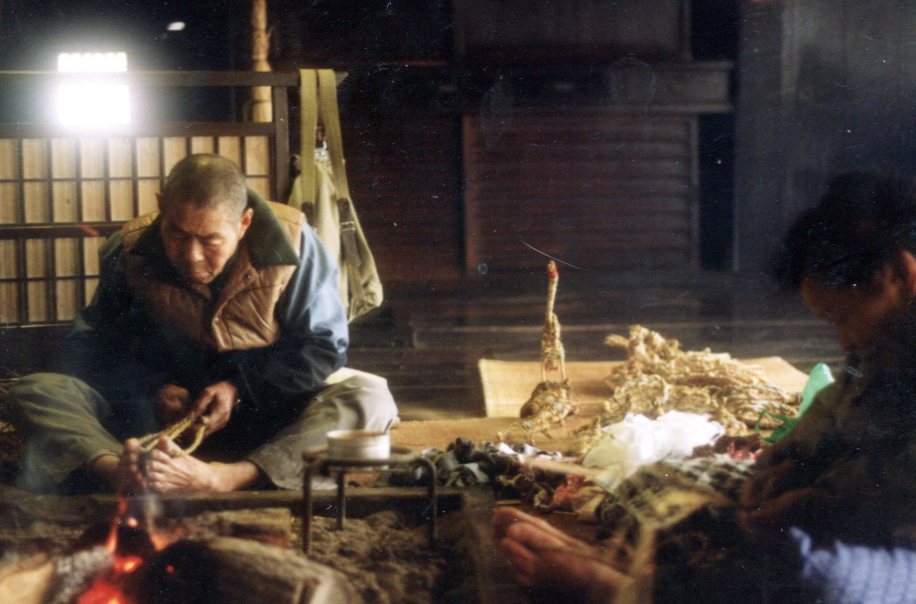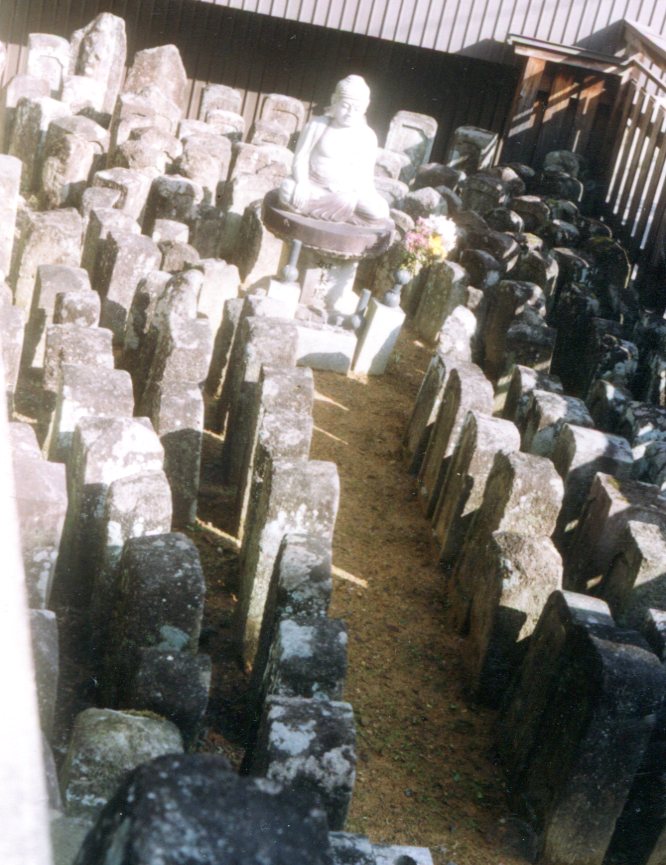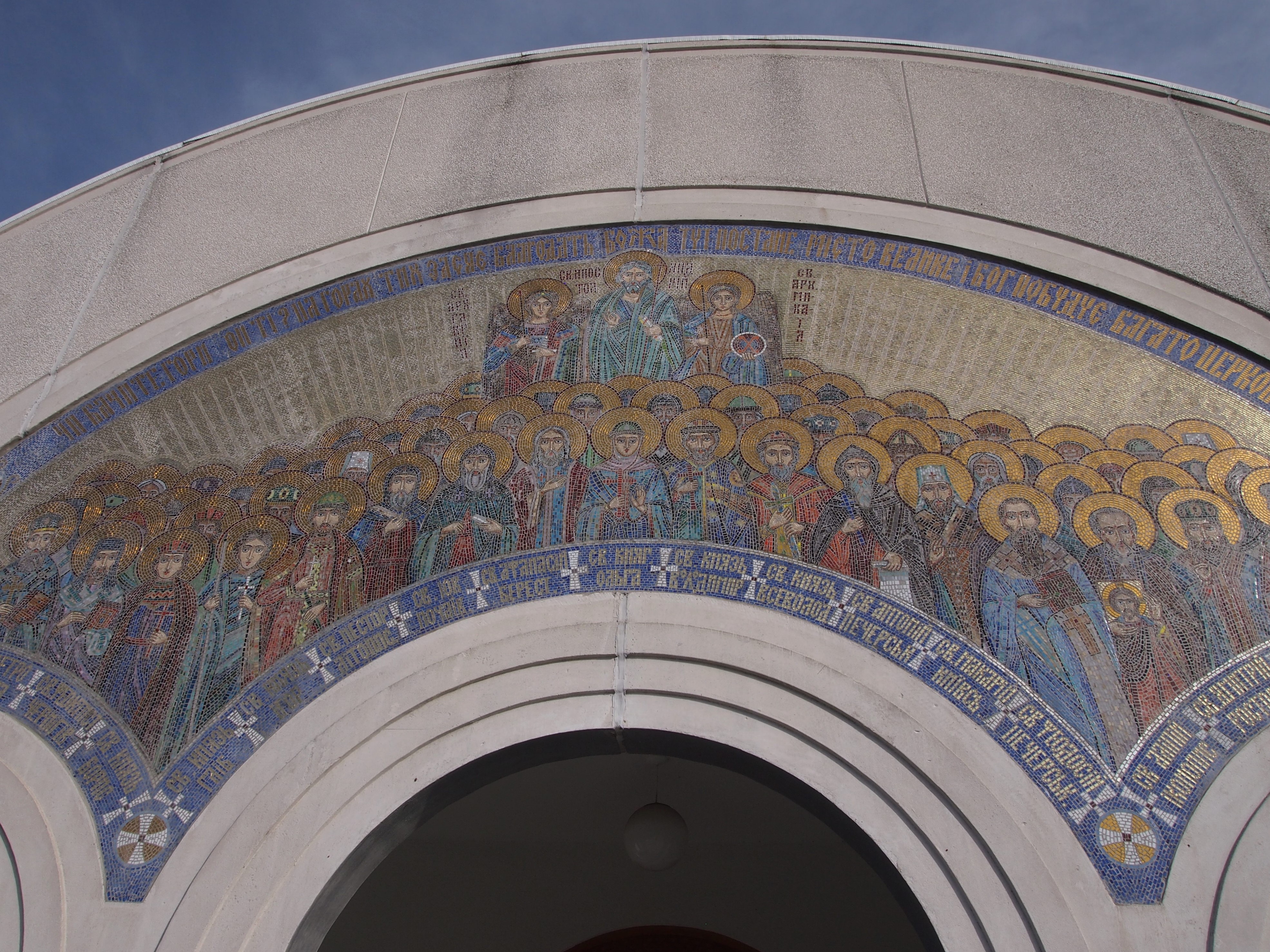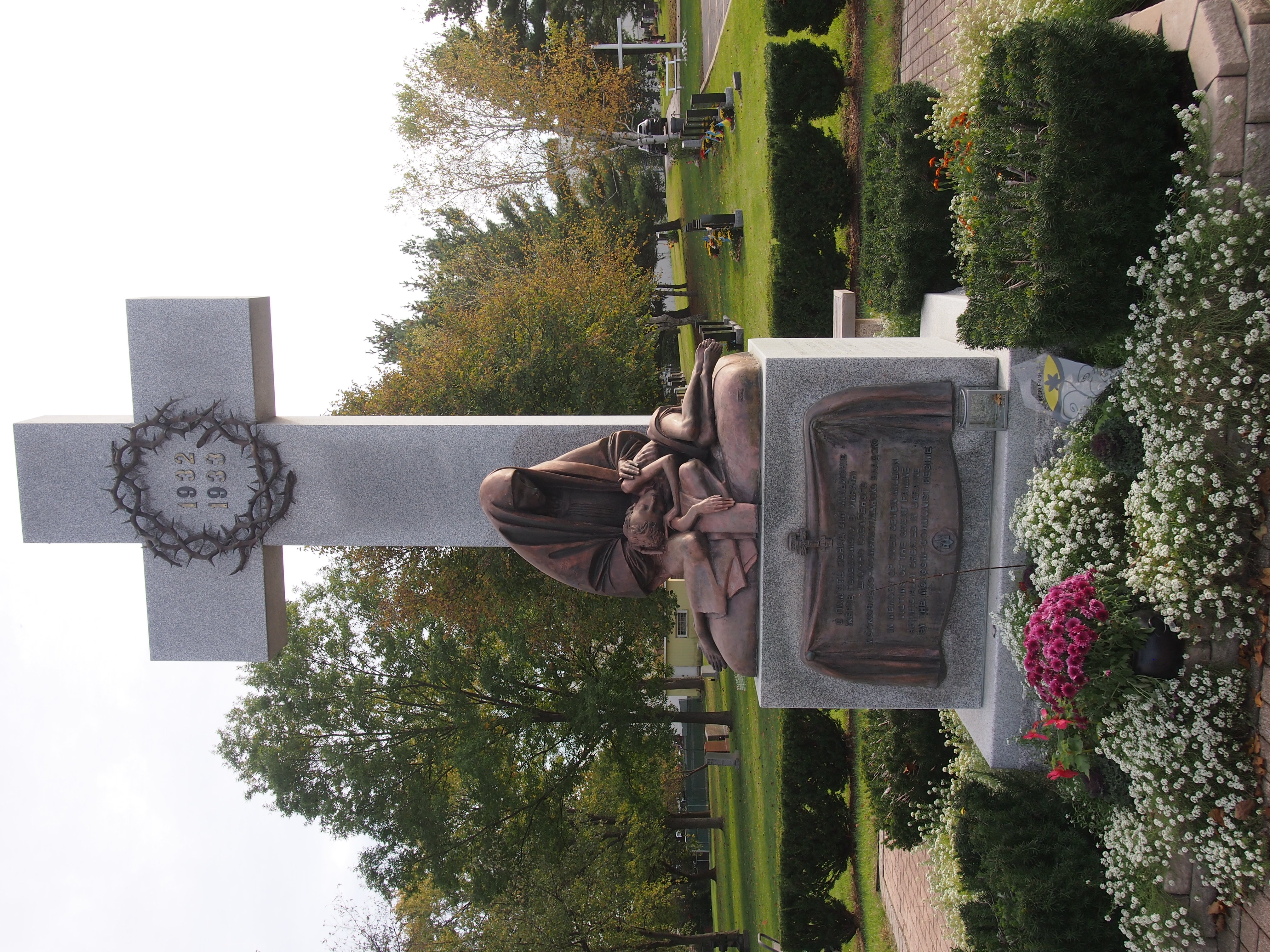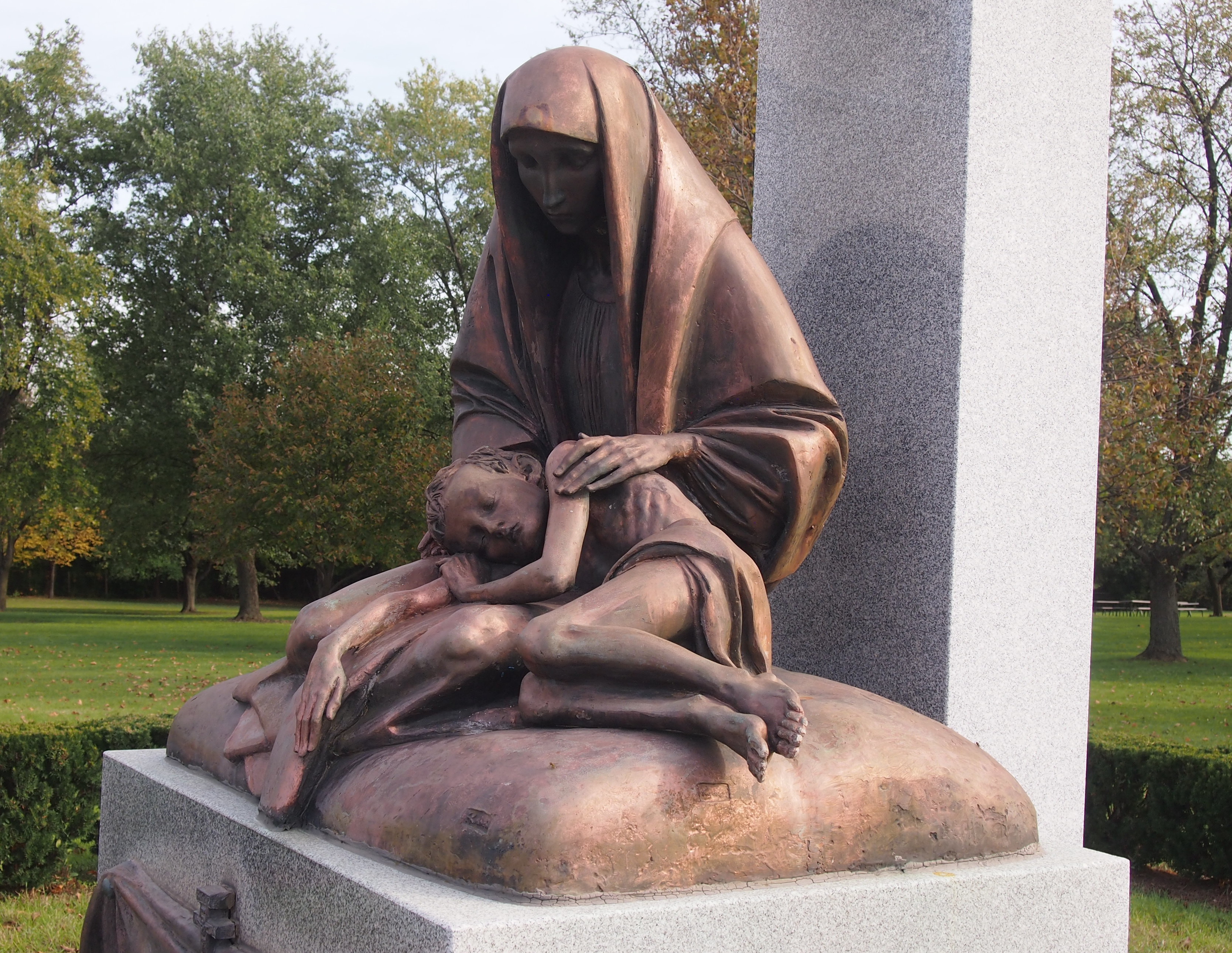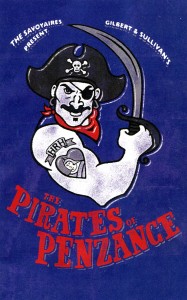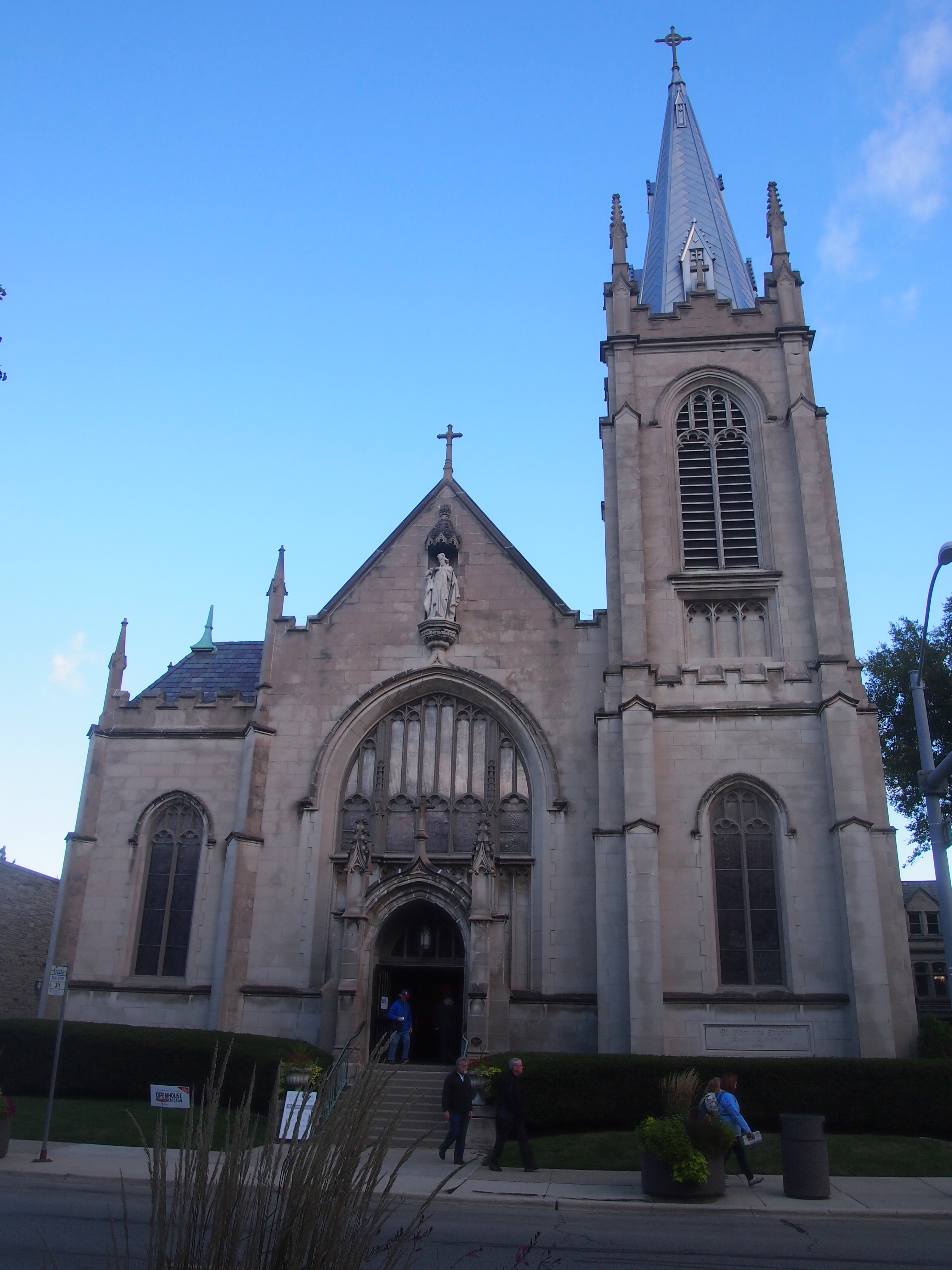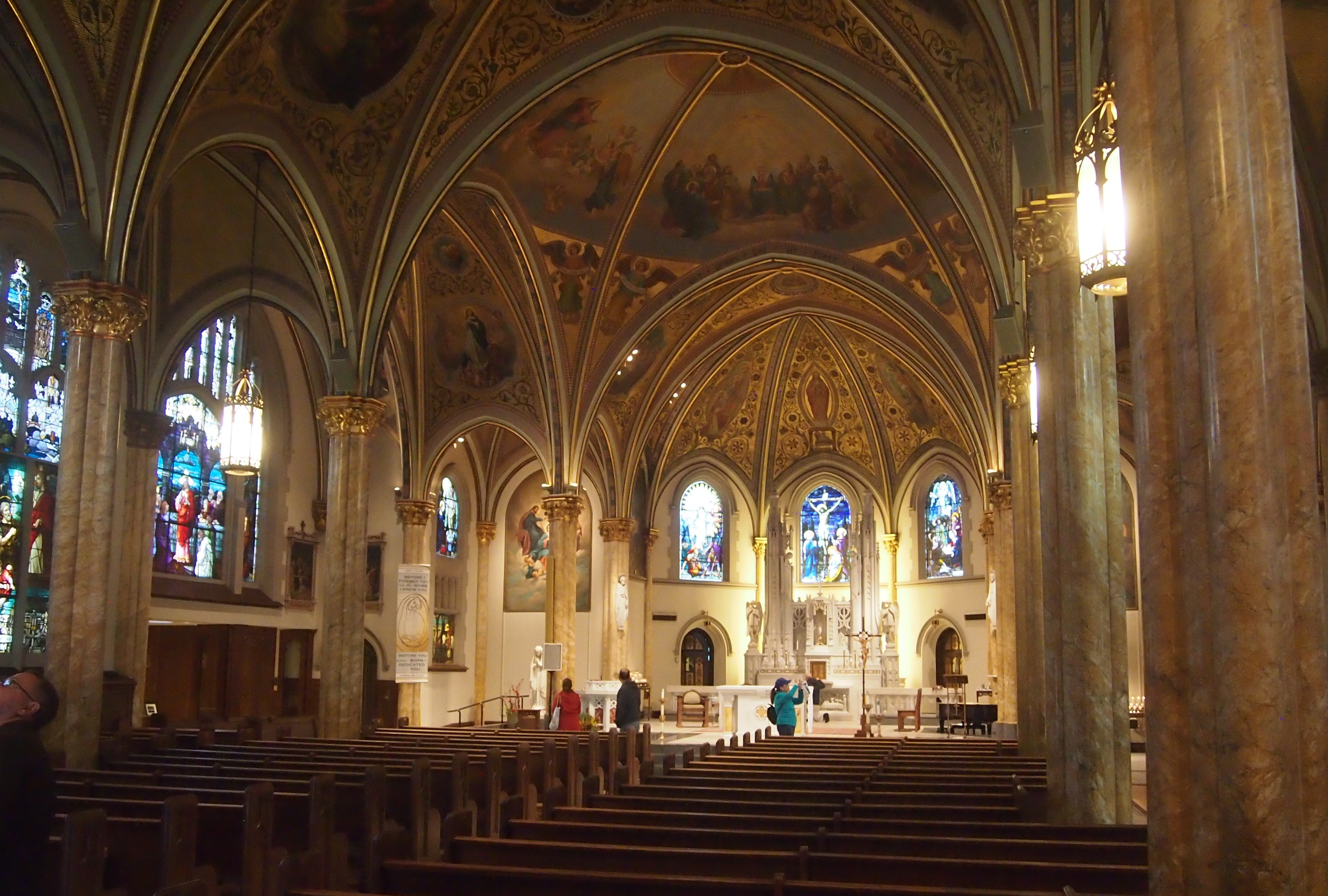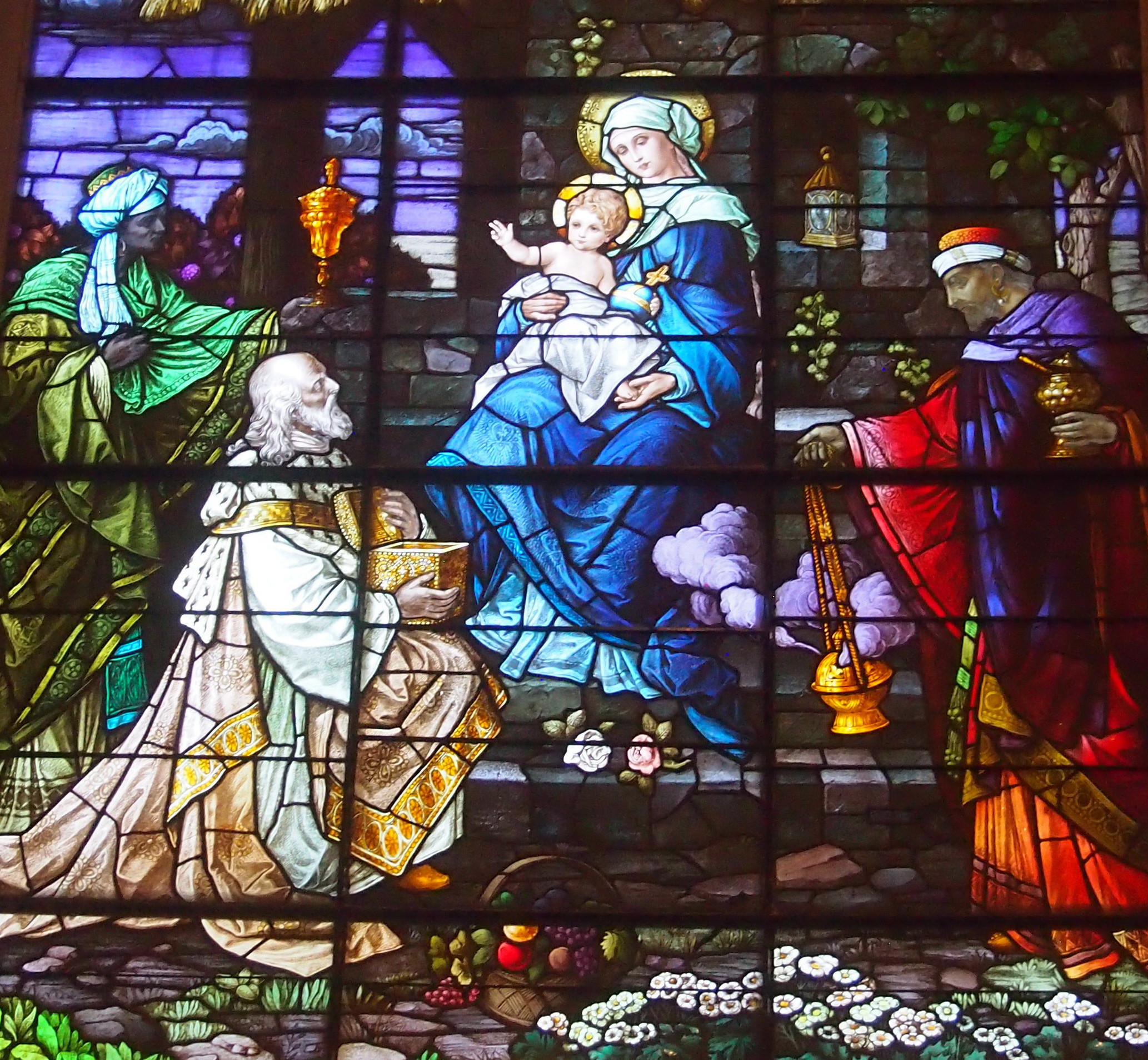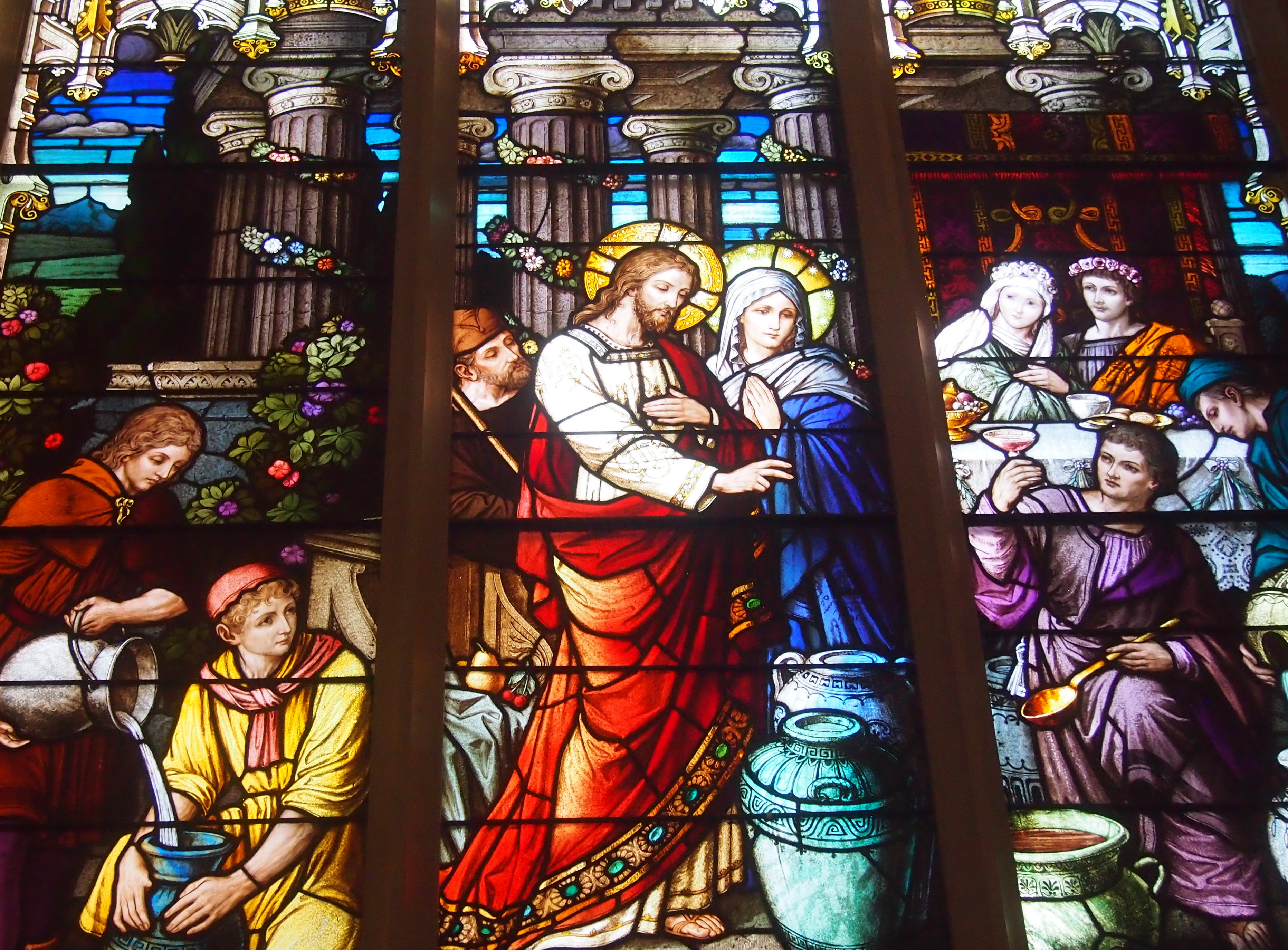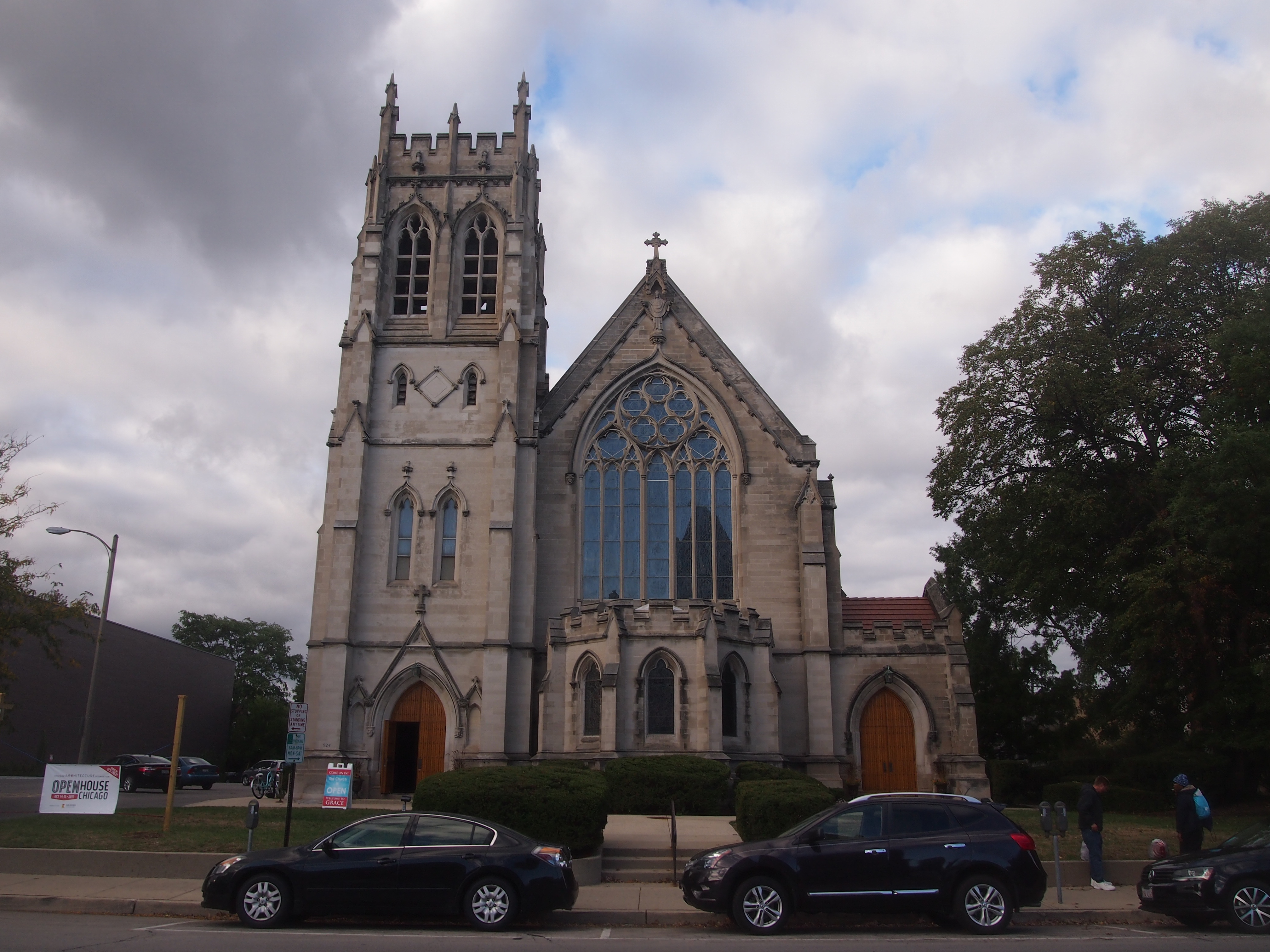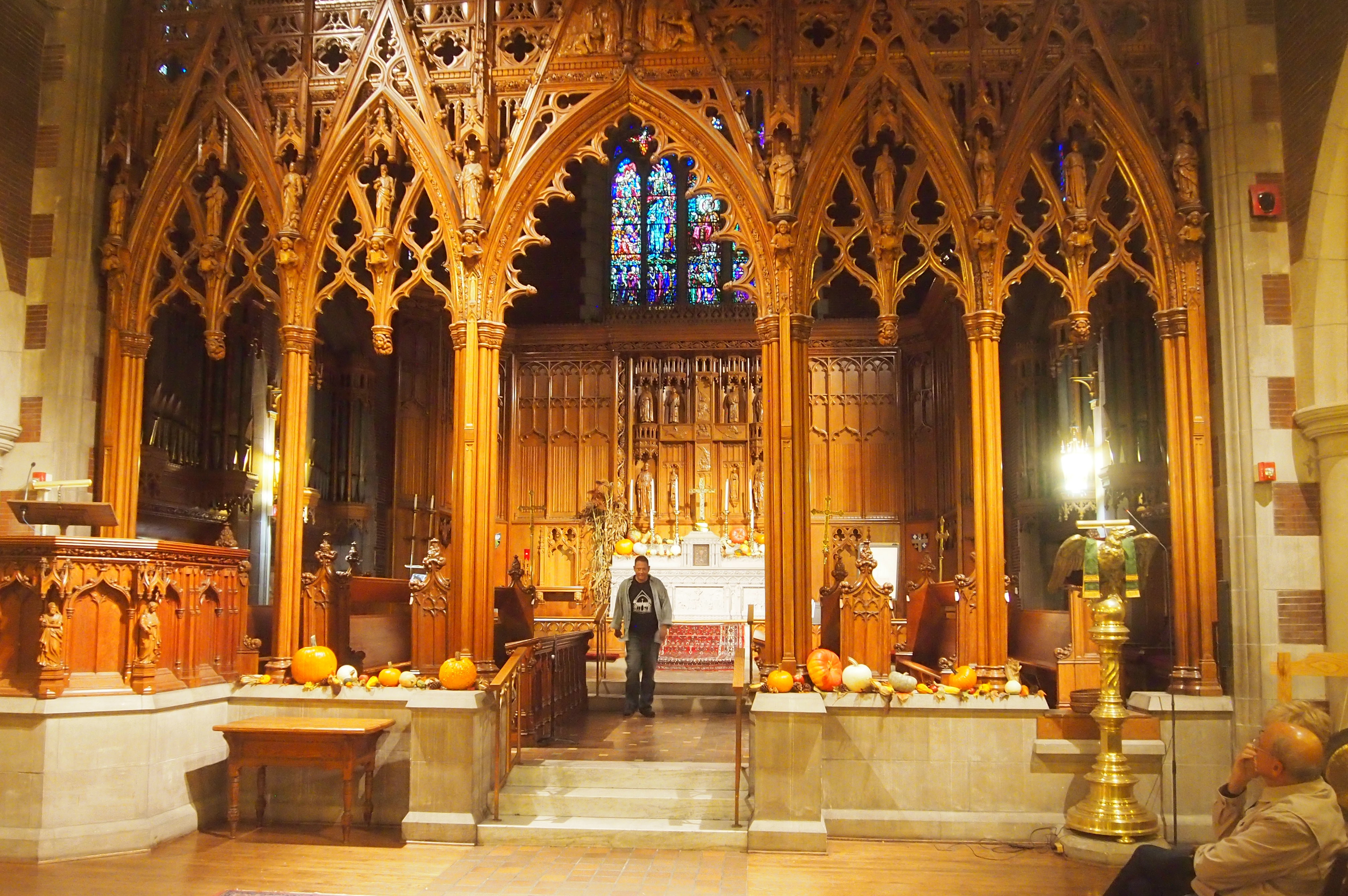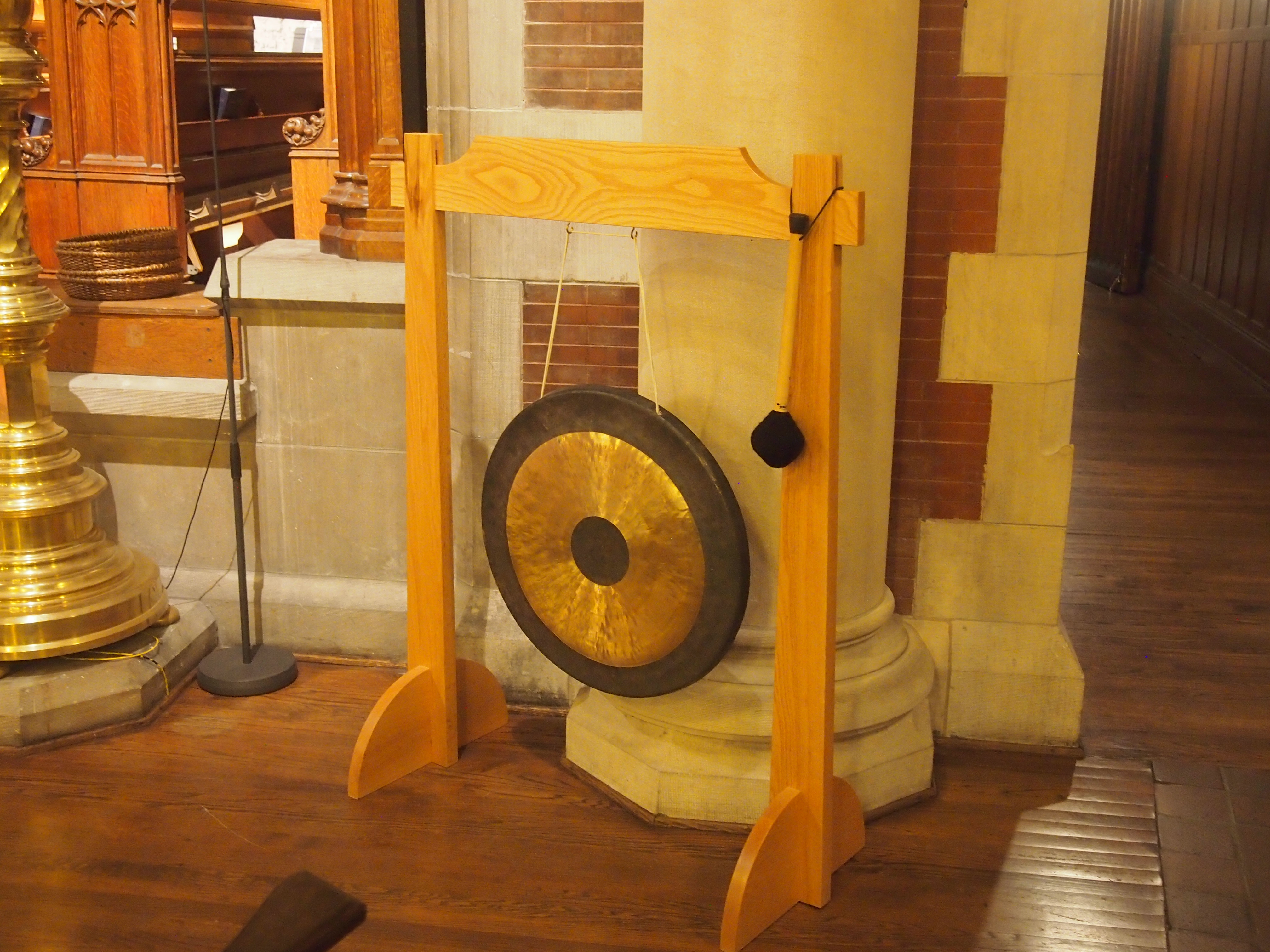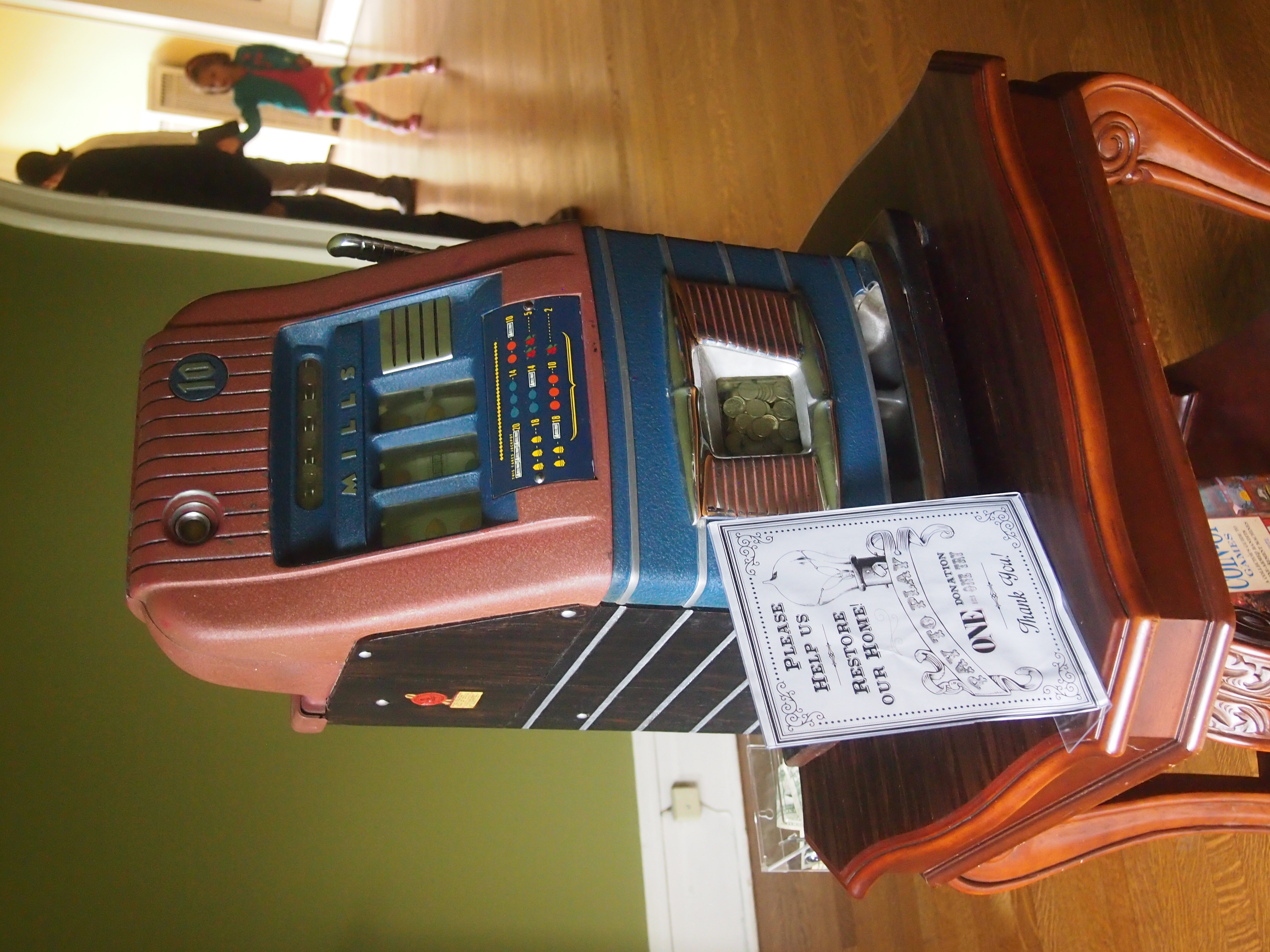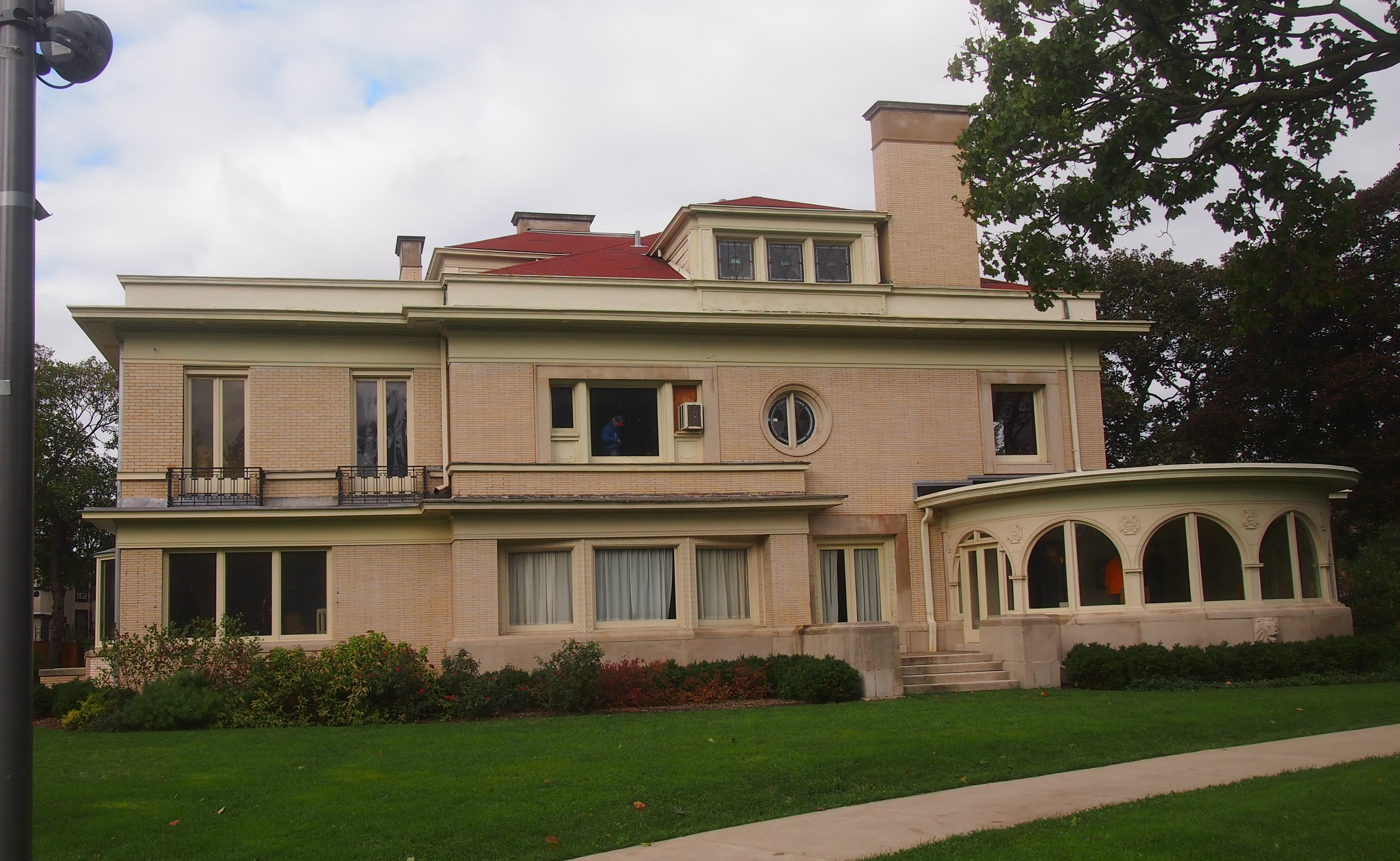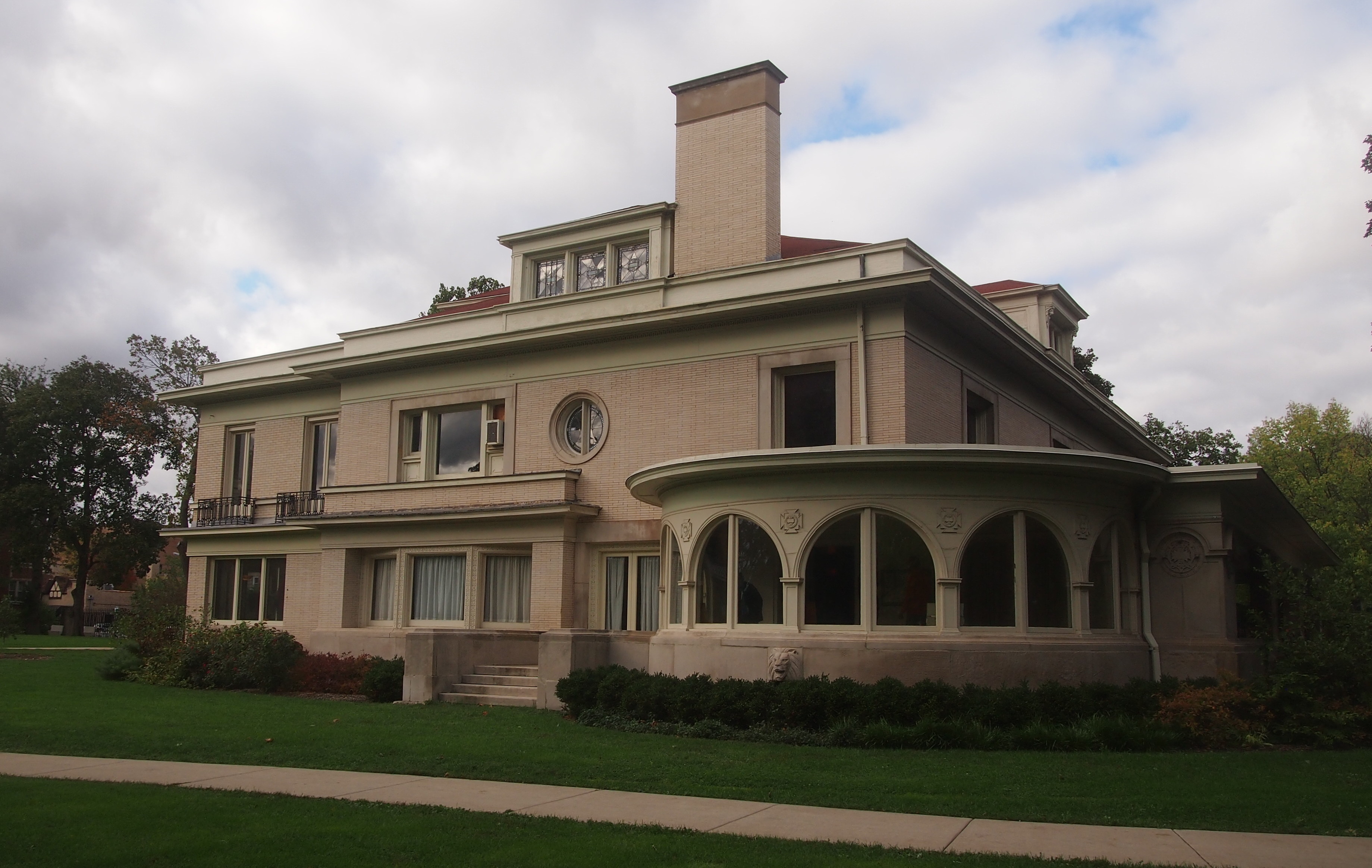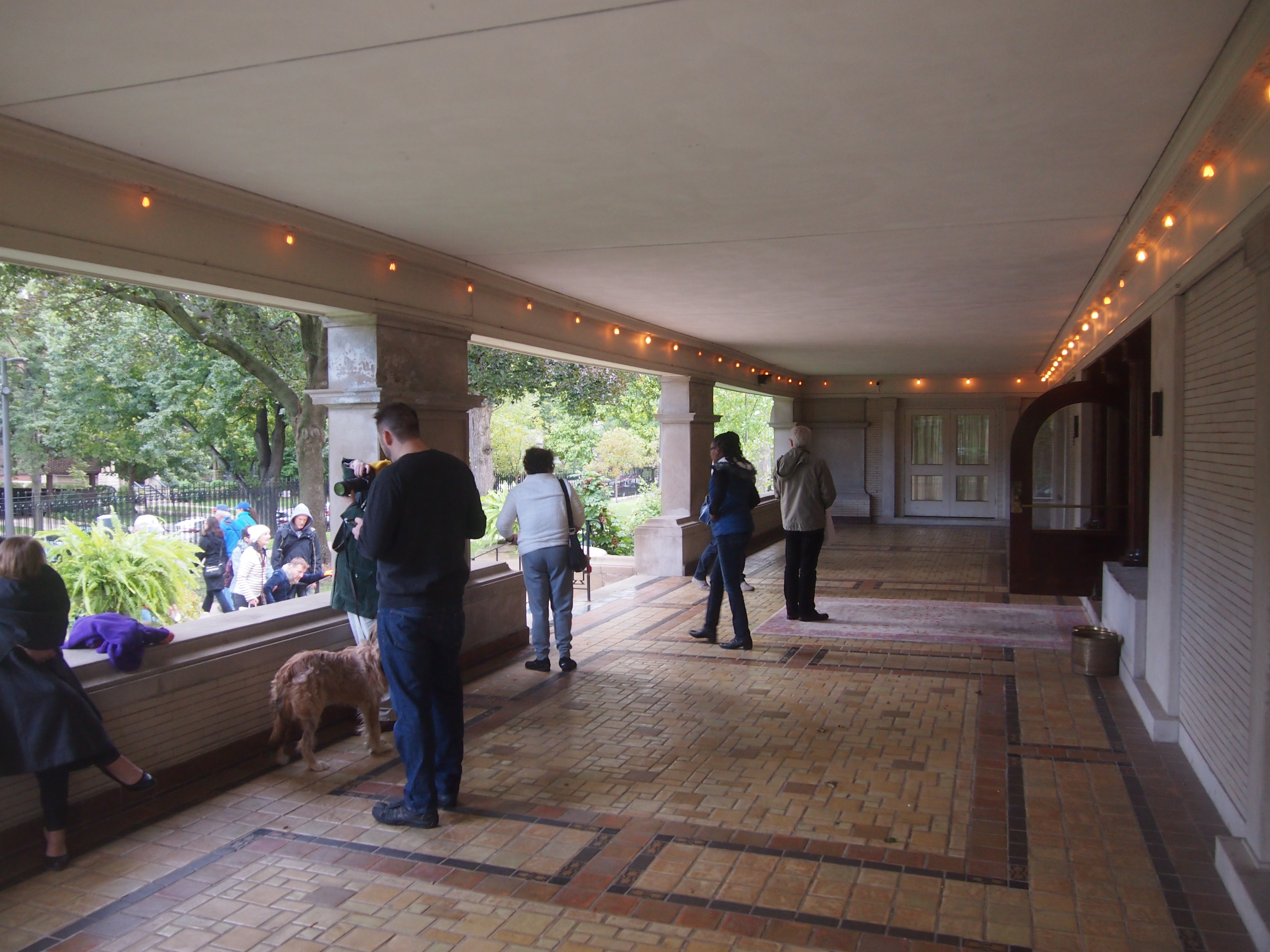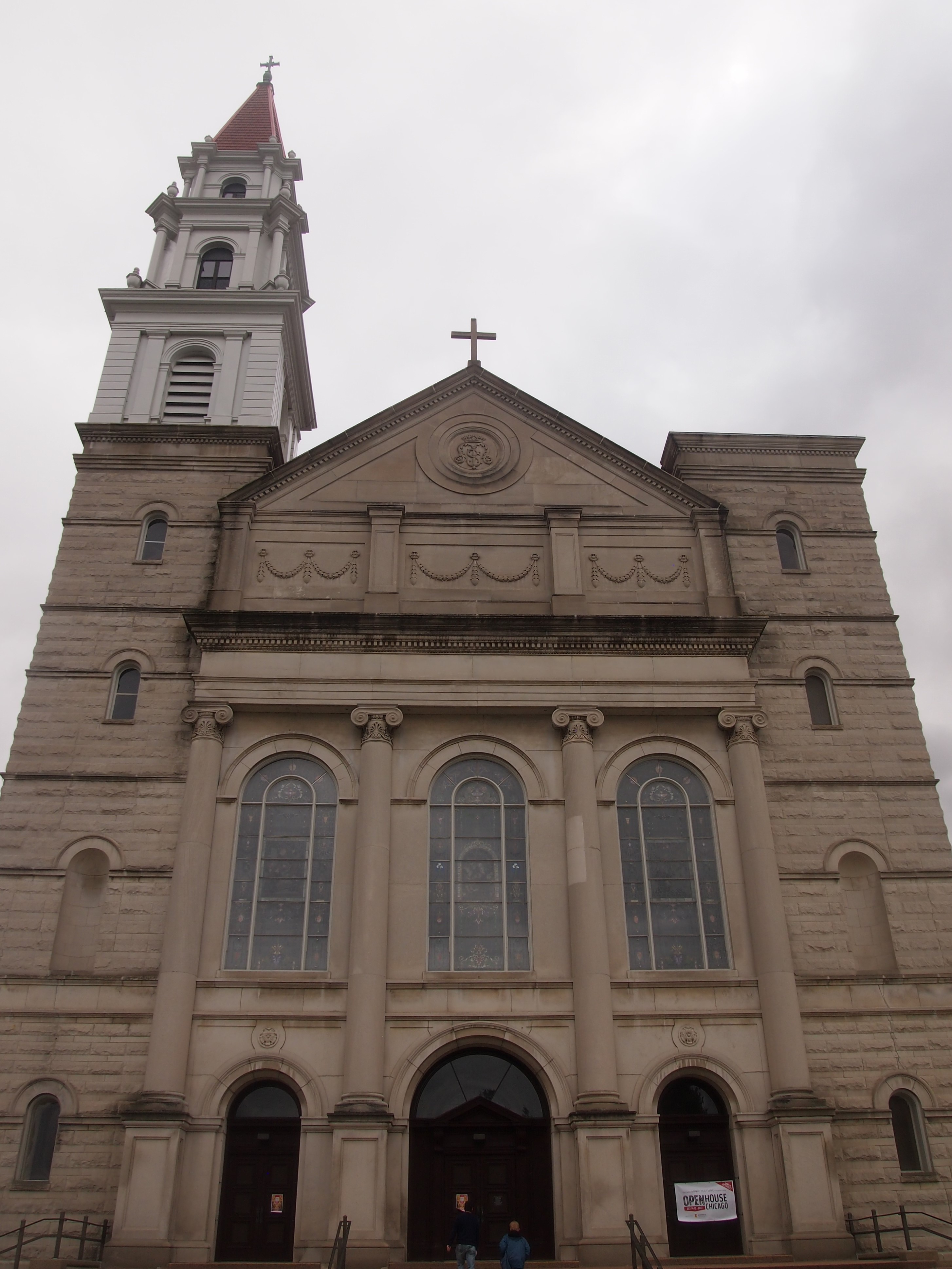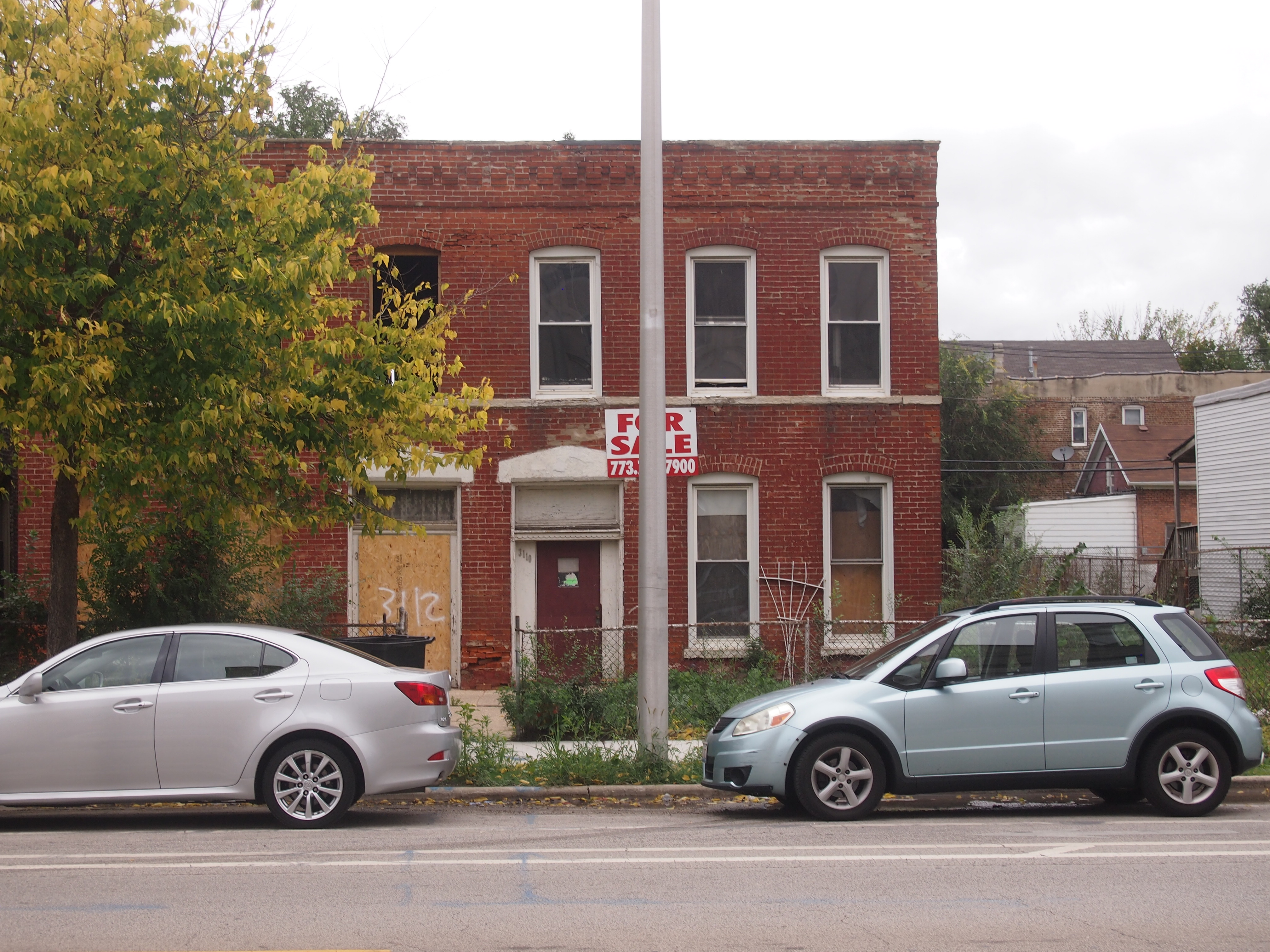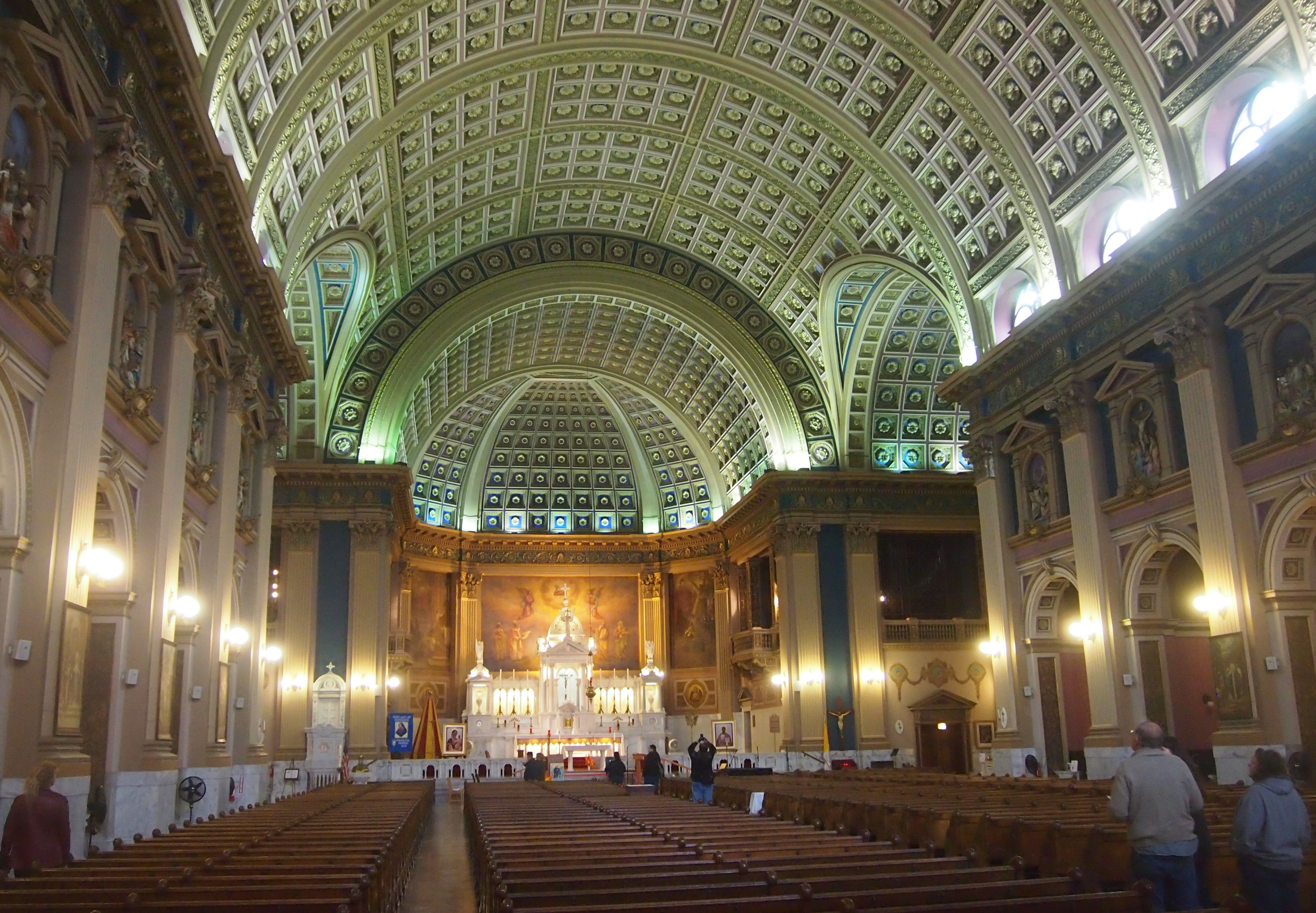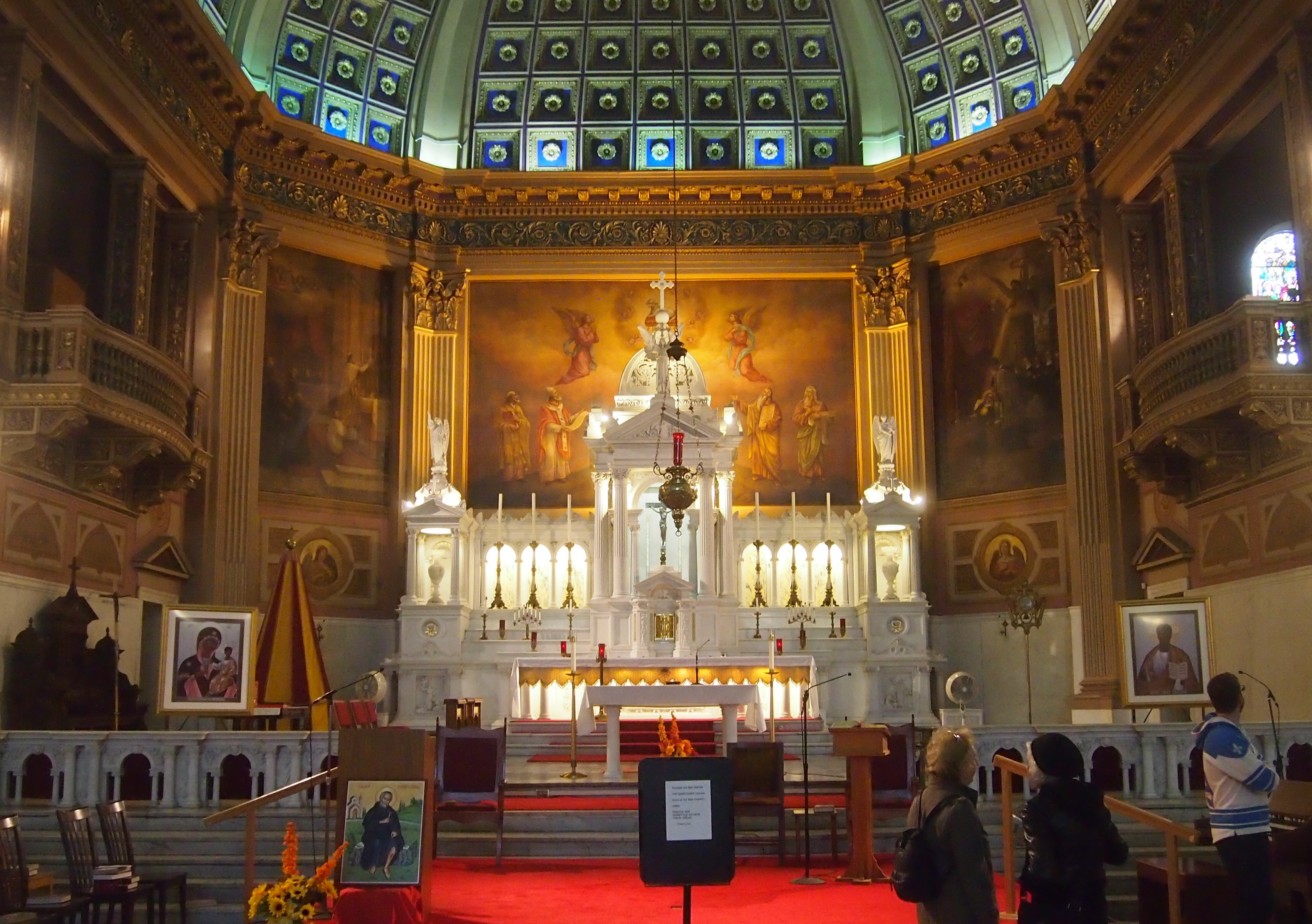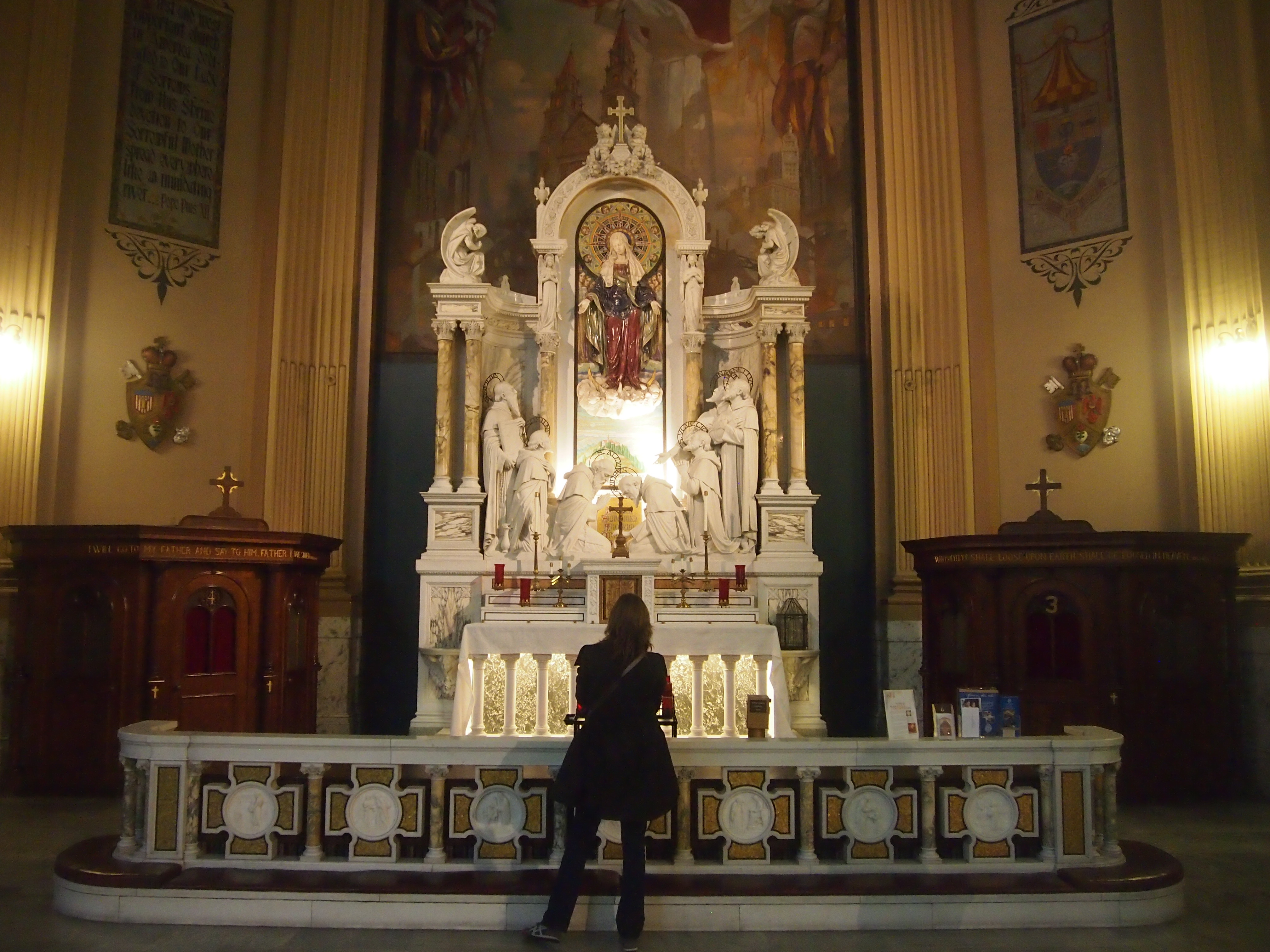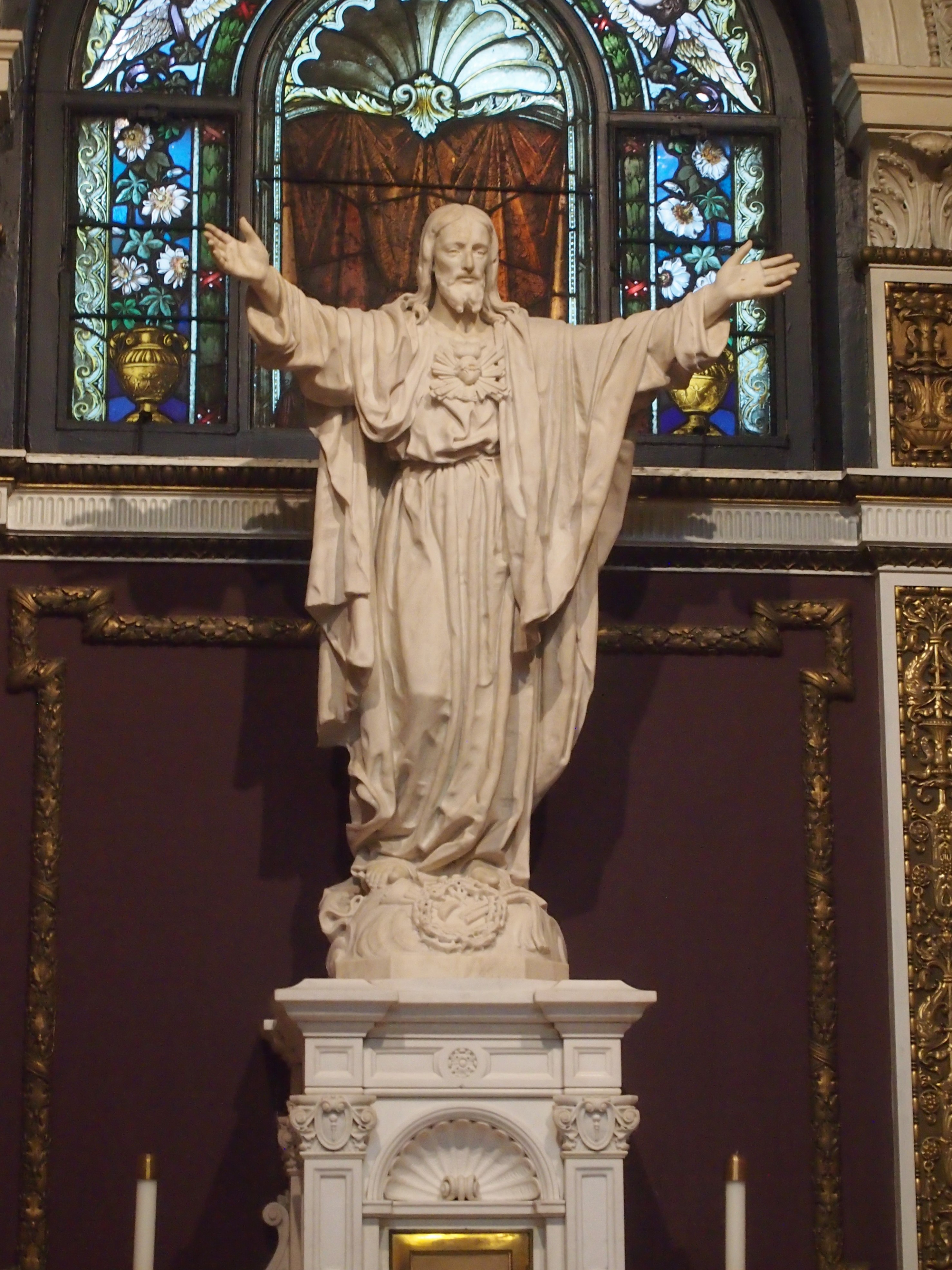A chilly Halloween. That might account for the seemingly low numbers of kids coming by for candy. As of about 8 p.m., a total of 22. Or maybe that’s about the same as every recent year. I haven’t been counting. This year I decided to, just on a whim.
Ann did not go out. As far as I can tell, no high school kids came by — unless a couple of those tall(ish) skinny kids in one party were in high school, but I took them for junior high.
This is a good development. When we first moved here in the 2000s, high school kids used to show up. But if you’re in high school, you’re too old to trick-or-treat. If it were true 40 years ago, it should still be true.
This year I sprang for a box a full-sized candy bars to give away. A bulk box of Mars products, acquired at a warehouse store: Snickers, Milky Way, M&Ms (plain and peanut) and Twix. A little more expensive, but the leftovers are better. We got an audible reaction sometimes: as two girls walked away, I heard them both squeal, “Full sized!”
A moderately interesting selection of costumes was on display among the kids who came to the door. I didn’t recognize all of them.
“What was that movie, set in Hawaii, with an alien and a girl?” I asked Ann.
I think I took Lilly to see it when she was four. Or maybe we saw it on tape. Anyway, I couldn’t remember the title, but I remembered what the character looked like. I assumed Ann had seen it at some point. I was right.
“Lilo and Stitch.”
“Right. That kid had a Stitch costume on, though the hood wasn’t up.”
The very first kid, a little boy of about three with his mother at the door, wore some kind of blue dinosaur outfit. At least the purple dinosaur seems to be dead and gone. (Or is he?) Years ago, 1998 or ’99 I think, a little kid in a strikingly full Teletubbies costume came to the door. I expect he’s a grown man now. I hope his parents took pictures of his foray into Teletubbie-ness to embarrass him occasionally.
Like I documented Lilly in her paper space armor, ca. 2001.
She didn’t actually wear that trick-or-treating, though she could have. If I remember right, it came folded up in a Japanese magazine. Unfold it and you have a cheap costume.
Later a somewhat older boy came by fully dressed as Flash. Other kids mostly wore head pieces for the desired effect: a pirate hat, mouse ears, a karate band, a flower crown and antlers — a nice array, but odd — and a girl in a zebra coat and… a pork pie hat?
I didn’t get a good look at it, but that was my impression. Maybe that’s just because I finished Breaking Bad not long ago. And I don’t remember any zebra coats in that show. Could be from a kid’s show I know nothing about. There’s an increasing number of those, and I don’t mind.


